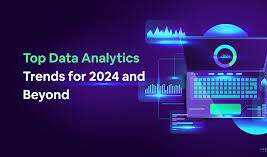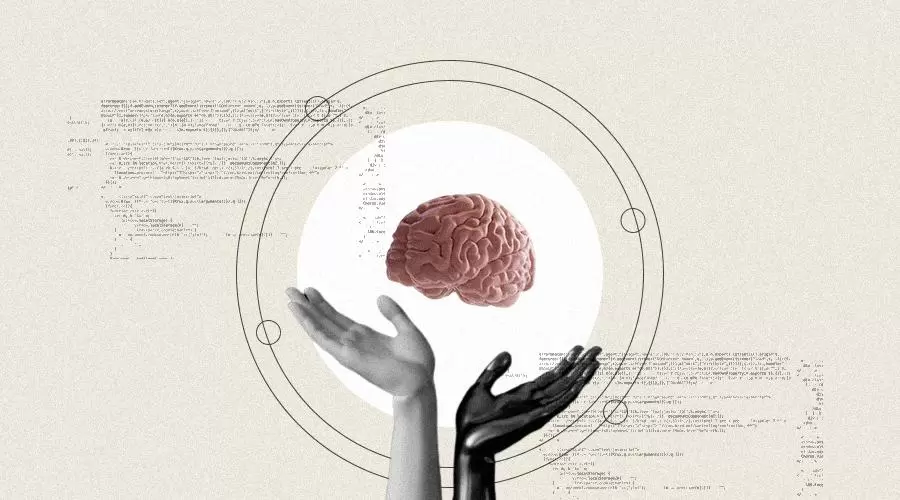In the ever-expanding landscape of technological advancement, the introduction of 5G technology stands as a groundbreaking achievement. This fifth generation of wireless technology brings with it the promise of unparalleled connectivity, revolutionizing not only how we interact with the digital world but also how the digital world interacts with us. One of the most exciting and transformative areas that 5G is set to influence is the Internet of Things (IoT). In this blog, we will delve into the intricacies of 5G technology and its profound impact on connectivity and the IoT.
Also Read: New SaaS Worth Integration
Understanding 5G Technology
Before we dive into the implications for IoT, let’s take a moment to understand what 5G technology entails. 5G, short for fifth-generation, builds upon its predecessor, 4G LTE, by introducing higher data rates, reduced latency, and increased network capacity. This is achieved through the use of higher frequency radio waves, which allow for greater data transmission speeds and reduced congestion on the network. 5G operates on three main frequency bands: low-band, mid-band, and high-band (millimeter wave), each catering to different use cases.
Impact on Connectivity
- Blazing Fast Speeds: With data rates potentially reaching up to 10 gigabits per second, 5G technology offers download and upload speeds that were once unimaginable. This high-speed connectivity ensures seamless streaming, instantaneous downloads, and lag-free online experiences.
- Low Latency: Latency refers to the time it takes for data to travel from one point to another. 5G drastically reduces latency, making real-time interactions possible. This has implications for applications like remote surgery, augmented reality (AR), and virtual reality (VR), where even a few milliseconds of delay can make a significant difference.
- Massive Device Connectivity: 5G can support a far greater number of devices simultaneously compared to its predecessors. This is particularly important for environments with a high concentration of IoT devices, such as smart cities and industrial automation.
Transforming the IoT Landscape
The IoT is a network of interconnected devices, sensors, and systems that communicate and exchange data without human intervention. The integration of 5G technology into the IoT ecosystem brings forth several transformative changes:
- Ubiquitous Connectivity: 5G’s widespread coverage and increased device capacity allow for seamless connectivity across a wide array of IoT devices. This means that everything from smart appliances and wearable devices to autonomous vehicles can communicate with each other in real-time.
- Real-Time Data Processing: With low latency being a hallmark of 5G, IoT devices can transmit data to the cloud for processing and receive responses almost instantaneously. This is crucial for applications that require immediate decision-making, such as self-driving cars navigating complex traffic situations.
- Precision and Reliability: Industries such as healthcare, manufacturing, and agriculture rely on precision and reliability. 5G enables IoT devices to transmit accurate and timely data, leading to improved efficiency, reduced downtime, and enhanced quality control.
- Edge Computing Advancement: Edge computing involves processing data closer to the source, reducing the need to transmit all data to centralized servers. 5G complements edge computing by providing the high-speed, low-latency connectivity necessary for real-time processing at the edge of the network.
Challenges and Considerations
While 5G brings a multitude of benefits, it also poses challenges. The rollout of 5G infrastructure requires significant investment, and concerns about security and data privacy must be addressed. Moreover, the use of higher-frequency bands for 5G may lead to shorter transmission ranges and increased susceptibility to physical obstacles.
Conclusion
As the digital realm continues to evolve, 5G technology emerges as a transformative force, redefining the possibilities of connectivity and IoT integration. With its unparalleled speed, low latency, and massive device capacity, 5G is poised to drive innovation across industries and revolutionize the way we interact with technology. As the world becomes increasingly interconnected, it is imperative to embrace the potential of 5G and navigate the challenges it presents in order to fully harness its benefits and shape a more connected and intelligent future.










